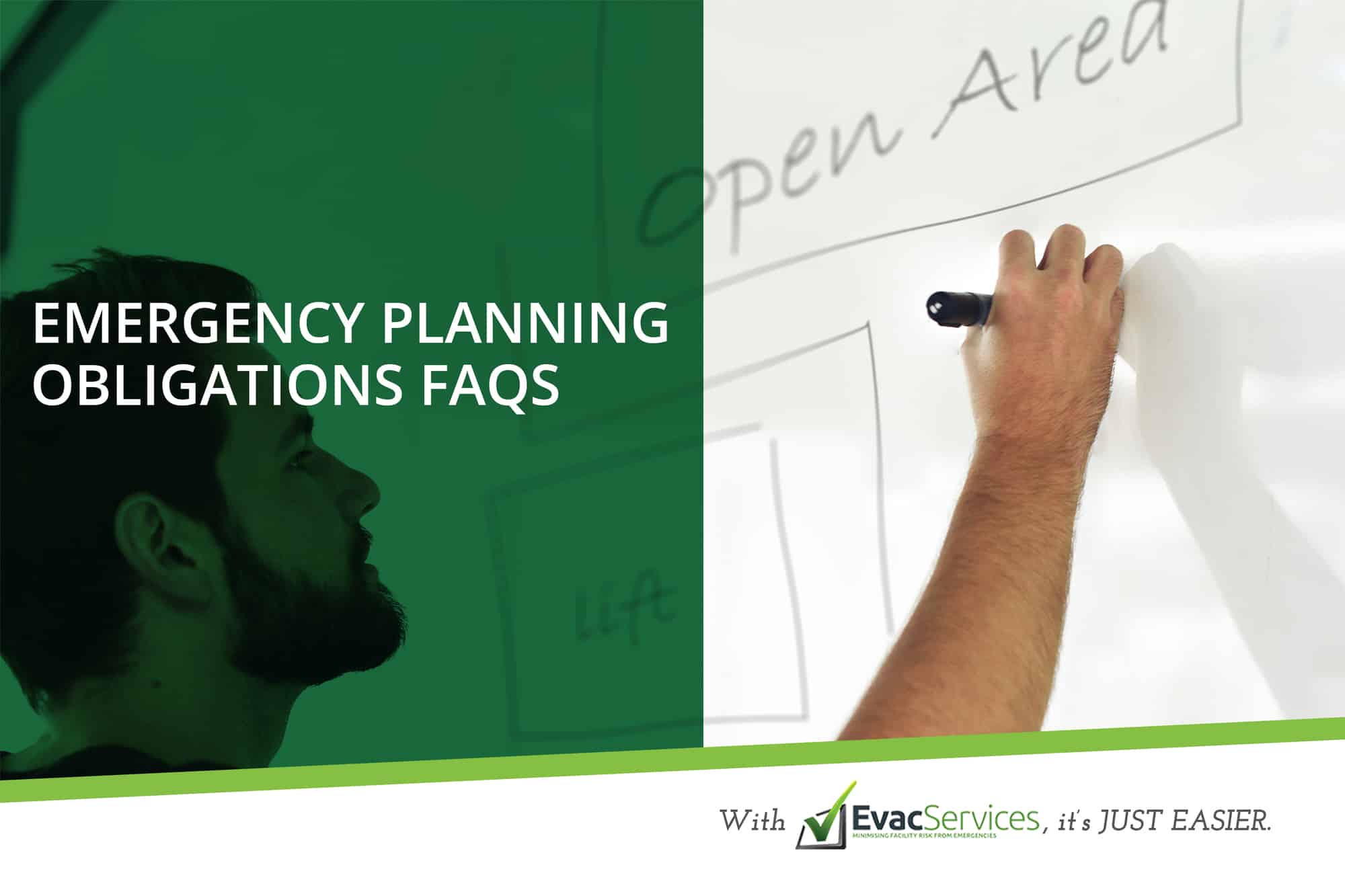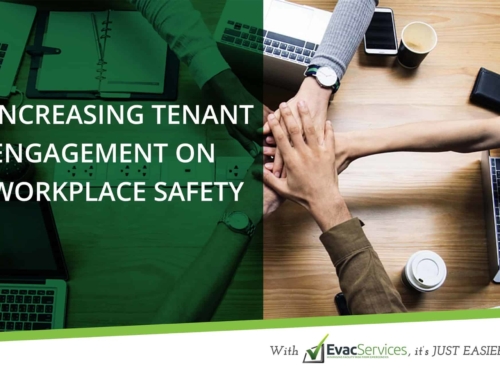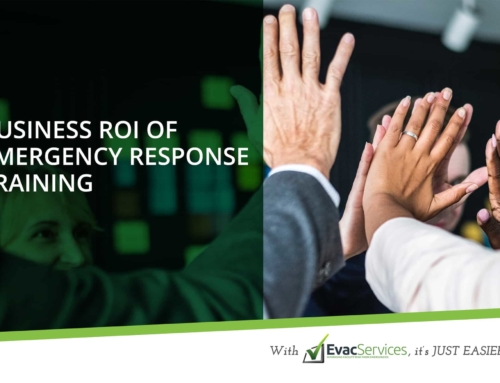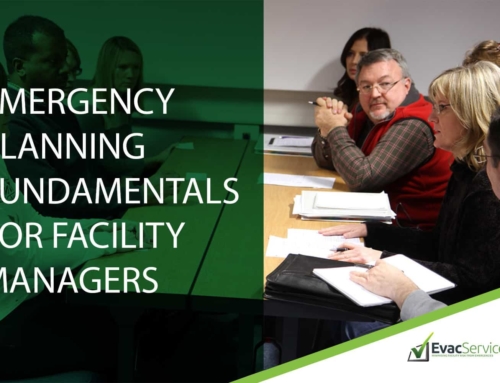If you’re a building owner, manager or tenant, fulfilling your emergency planning obligations is crucial. It is key to protecting the safety and well-being of employees and occupants, as well as mitigating reputational and physical damages to your facility and the business in general. It is also important to note that emergency planning is a requirement for all facilities as stipulated in Australian Standard 3745-2010.
If you are just about to start with your emergency plan or looking to ensure 100 percent compliance, it is best to have a refresher on the basics of emergency planning. In this article, we give you answers to five of the most commonly asked questions about emergency planning obligations of facilities in Australia:
-
What is emergency planning?
Emergency Planning is the act of preparing and mitigating the impact of emergencies on occupant safety and the property. The process involves identifying risks and emergency situations that may befall the facility and how to respond to them.
-
Why should we plan for emergencies?
Emergencies can never be totally prevented, but their impact and threats to the safety and security of individuals and businesses can be mitigated by effective emergency planning.
The main objective of the process is to protect occupants and visitors. Planning for emergencies also serve secondary goals, including:
- Protecting property
- Reducing tangible risks (such as reputational risk)
- Complying with Australian legislation and standards
- Fulfilling your duty of care to the occupants within your place of business.
-
What are the Standards and Regulations that govern emergency planning?
Each state may have different requirements and laws relating to emergency planning. Broadly, here are the relevant Regulations and Standards:
- Australian Standard 3745 – 2010 Planning for emergencies in facilities;
- Australian Standard 4083 – 2010 Planning for emergencies in Health Care Facilities;
- Australian Standard 1851 – 2012 Maintenance of Fire Protection Equipment;
- Other Australian Standards that deal with specific requirements
- State Workplace Health and Safety legislation and codes of practice
- State Fire Safety Regulations (such as the Queensland Building Fire Safety Regulations 2008)
- State Fire and Rescue / Fire Brigade acts
- Building Codes of Australia
4. Who are responsible for Emergency Planning? What are their emergency planning obligations?
Everybody is required to partake in the emergency planning process at some level.
- Facility managers
Facility managers are ultimately responsible for ensuring their buildings are prepared for an emergency. They are to ensure compliance with the site from the building’s perspectives.
- Tenants
Tenants are responsible for ensuring that their workplaces are compliant. Essential to this process is the collaboration between facility managers and tenants to ensure that their emergency planning initiatives are aligned.
- Wardens
Wardens play a critical role in implementing the emergency response procedures. By law, they are required to complete training relevant to their roles.
- General Occupants
Every occupant is required, by law, to undertake training on emergency response and participate in emergency response exercises.
5. What are the elements involved in compliance with emergency planning obligations?
- Fire Safety Advisor
A Fire Safety Advisor is trained to co-ordinate and review if the building or tenancy is undertaking its obligations in accordance with Legislation and relevant Australian Standards.
- Evacuation Diagrams
Evacuation diagrams and signs that provide emergency and evacuation information must be displayed in locations where occupants and visitors are able to view them.
- Emergency Plan
The written emergency plan documents the systems, strategies and procedures relating to the response and management of emergencies.
- Emergency Planning Committee
The Emergency Planning Committee (EPC) develops the emergency plan, emergency response procedures and takes an active role in forming the Emergency Control Organisation.
- Emergency Control Organisation
The Emergency Control Organisation (ECO), also referred to as the Warden team, is the person or persons appointed by the EPC to direct and control the implementation of the facility’s emergency response procedures.
- General Occupants
All occupants must receive training to enable them to act by the emergency response procedures (annually), and first, attach firefighting (every two years).
- Evacuation Exercises
Each facility must implement site-specific emergency response exercises at least every 12 months, with the aim of determining the effectiveness of the emergency response procedures, wardens’ actions and occupants’ response.
Your choice of Emergency Management provider matters
Fulfilling emergency planning obligations may seem like a daunting task, but with a structured approach, the process becomes easier and achievable. Seek the help of experts to advise you on what else you can do to protect people and minimise risks from emergencies. The sooner you begin, the more prepared you will be.
Your choice of the supplier will play a crucial role in meeting your emergency planning obligations. The success of your emergency planning efforts can be highly influenced by the training and advice you receive from your providers. It is important to conduct due diligence to verify their capability, capacity, and experience. Tighten your supplier selection process to get find a provider that fits your needs, requirements, and budget. With the right provider, you will have peace of mind that they will deliver agreed outcomes. For you, this means fewer complaints from tenants and more time on your hands.
EvacServices has helped organisations in Australia maintain full compliance with their emergency planning obligations. We are the emergency management provider of some of the biggest brands in the country, such as Investa, Knight Frank, CSU, and Mirvac to name a few. Our company was established to shake up an industry that, over the course of 30 years, had failed to adjust to the ever-changing Australian safety environment. Instead of providing a ‘one-size-fits-all’ solution, we work in with your needs to help you secure the safety of the people in your care in the face of an emergency. With EvacServices, it’s just easier.








Leave A Comment